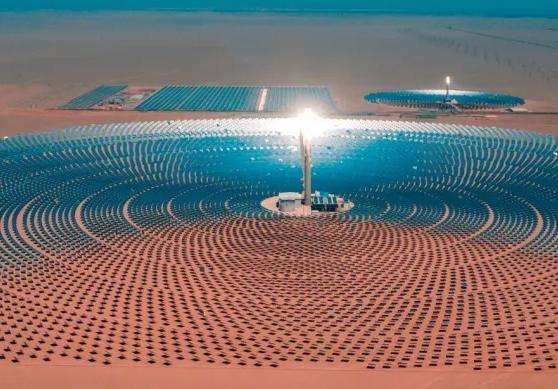Outbound power transmission means that power plants transport excess electricity to other locations to meet the energy needs of other locations. For example, power plants located in coastal areas can transport excess electricity to inland areas to meet the needs of inland areas. This method can effectively reduce energy waste and improve energy use efficiency.
The advantage of external power transmission is that it can realize reasonable allocation of power resources and improve the efficiency of power use. At the same time, it can also reduce pollutant emissions and energy costs, and promote sustainable economic development. However, the longer the distance traveled by energy transmission, the greater the energy transmission losses and the costsTransport costs will also increase.
With the continuous advancement of technology, the development trend of power transmission and transportation is also constantly changing. In the future, electric power transportation and transportation will pay more attention to energy cleanliness and sustainability, and develop more new energy and energy storage technologies to meet the requirements of low carbon and environmental protection. At the same time, through the application of intelligence and Internet technology, intelligent energy allocation and management will also be realized, thereby improving the efficiency and reliability of energy use .
It seems that there are also areas inland
But generally speaking, it is not recommended to build inland. 'inland and certain conditions must be metlees.
Since nuclear power generates a lot of heat, it constantly requires water for cooling. After electricity generation, fuel rods that have reached a certain level of use must be discarded and become nuclear waste. However, they still emit a lot of energy. temperatures and require constant water. The Fukushima nuclear leak caused by Japan's March 11 earthquake was not caused by an accident in the reactor, but by a broken water pump in the pool next to where the rods were stored fuel from nuclear waste. heated and evaporated, and the last drop of water has disappeared. Ultimately, the original Water that loses heat turns into water vapor. . Then it explodes. . Then there was an accident. . . (But I don't remember it clearly, it's probably like that. The description may be wrongse. Please refer to the news of that year)
So, generally speaking, power plants built in the world must be built near the sea. This can be very convenient and there are some has many. Water helps dissipate heat anytime, anywhere.
However, economic development cannot be separated from electricity, and now inland areas increasingly need electricity. If there is a good water source and continuous heat dissipation, nuclear power plants of a certain scale can actually be used. to be built. However, it also depends on how experts design it. . . Nothing is absolute. . As long as the design is correct and safety measures are taken, you should be fine. . .














